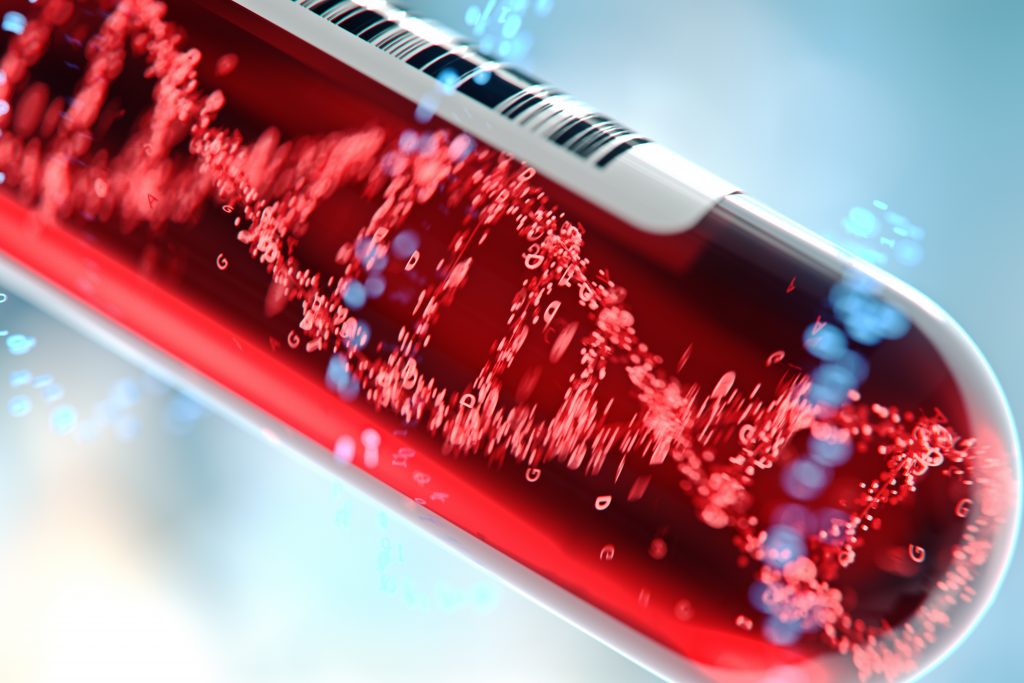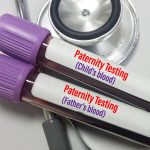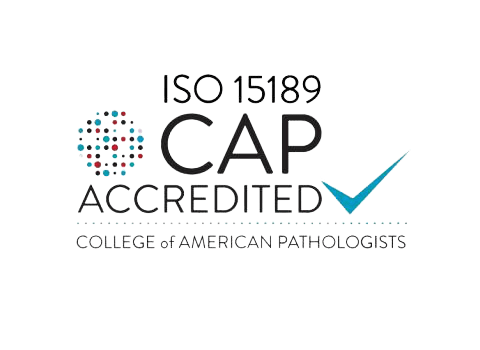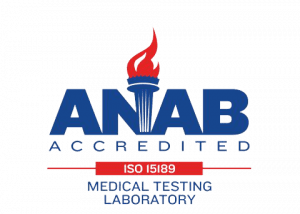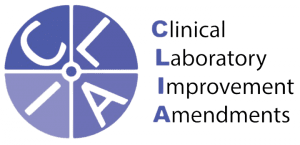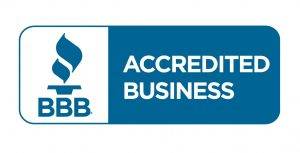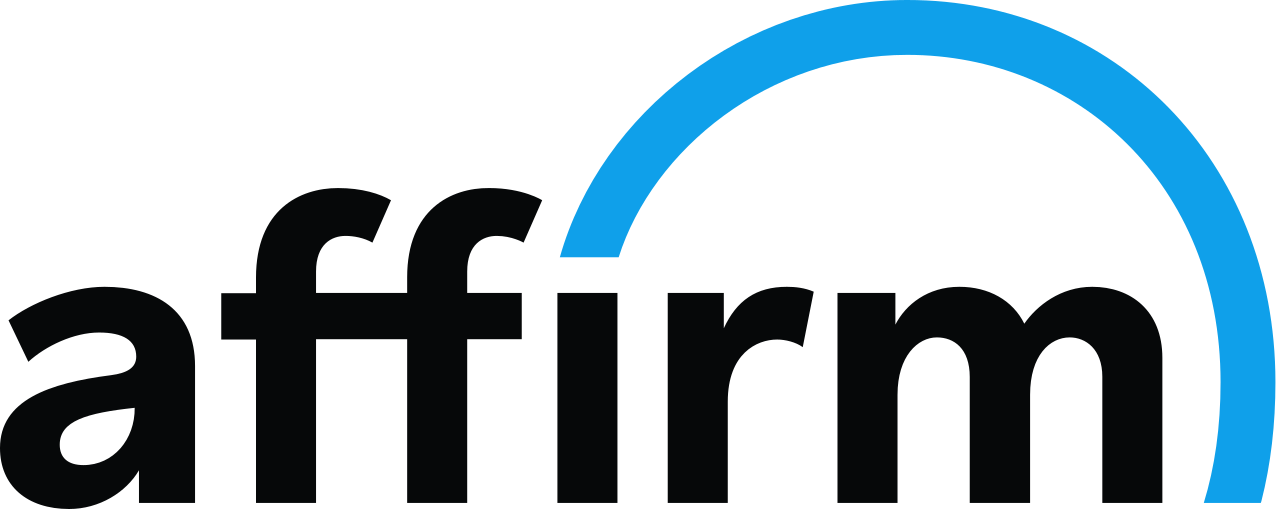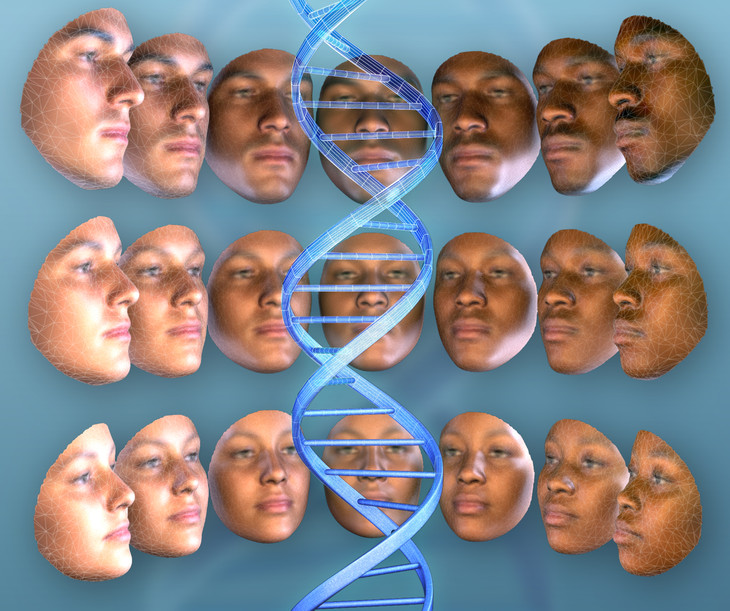
Among the most recent innovations in DNA testing is DNA facial recognition. This type of testing involves electronically scanning your face, gathering in your facial traits, and comparing those traits with another person to see if there is a relationship. This can be used in paternity testing or even when tracing genealogy and ancestry. Is this type of testing accurate? Researching the genetics of facial traits is fairly new, but as new technologies evolve, accuracy will improve. Facial recognition can trace similarities in facial features with some accuracy and can suggest possible relationships. It can be the first step in establishing relationships. The most effective testing, however, is using mouth swabs or blood tests. These tests are 99% accurate. If you are looking for the most accurate DNA testing, including DNA facial recognition. We offer a full range of testing services. Find out more by calling (800) 219-4362.
Can DNA predict a face?
As more and more research comes out about DNA facial recognition, it becomes a significant tool not only for genealogy and ancestry research as well as resolving legal issues like paternity. Moreover, it becomes more valuable in law enforcement investigations. Can DNA tell you what you look like? Private companies and researchers at universities are studying facial recognition from DNA. These studies look into how to match a person’s physical appearance to their DNA. This type of research could prove valuable in police investigations. Researchers, for instance, use blood tests to basically create a police sketch based on DNA coding. This process is known as DNA phenotyping. These current studies are nascent, and have yet to be peer-reviewed or further scrutinized.
When did police start using DNA?
Some of the earliest uses of DNA evidence in police work developed in 1986 in the United Kingdom. While investigating a string of rapes and murders, police in Narborough, Leicestershire acquired blood samples from some 5,000 volunteers to test. This investigation led to the exoneration of one man who had confessed to the crimes, and to the conviction of another. The actual perpetrator wasn’t caught, however, based on the initial tests. He had coerced a co-worker to take the test for him but the deception was discovered and the perpetrator was arrested and later tested. DNA evidence was first used in the U.S. in 1987 in a trial of a man accused of sexually assaulting a mentally handicapped woman who later had a baby. DNA evidence came to prominent attention in the 1994 trial of former football star O.J. Simpson, accused of a double homicide.
DNA facial recognition paternity test
A DNA facial recognition test can often be done within 24 hours and can be used to get fast results in a paternity test. The test’s accuracy may vary as this type of testing is new and the most accurate tests are still mouth swabs or blood tests. Facial recognition tests, however, are widely accepted as accurate and most companies provide guarantees on accuracy.
The process for the test is as follows:
- A photo is uploaded online and submitted to the testing company.
- An additional trait questionnaire is also submitted to the testing company.
- The test uses the photo to scan features such as eye structure, the thickness of lips and width of the mouth, ear size, cheekbone structure, etc., and analyzes it and compares it to information provided by other parties in an attempt to make a match.
- Facial patterns are calculated to identify traits that can and cannot be passed from parent to child.
DNA facial recognition app
- You can download DNA facial recognition apps for your smartphone. As with any app of this sort the accuracy will vary. Trained professionals like those at [nw_data field=company] can often give you better insight into the results of tests, and will often have the best equipment available for such tests. Some of these apps are connected with DNA testing companies, and you may have to pay a fee to get results. Other apps may be designed simply for personal use and enjoyment.
DNA Ancestry face recognition
When it comes to researching your genealogy, face recognition can be a useful tool, especially when you have no mouth swabs or blood samples available. If you are researching your ancestry and are interested in DNA facial recognition. We offer a wide array of testing services from ancestry to paternity testing. Learn more about how we can aid you in your research by calling (800) 219-4362.
